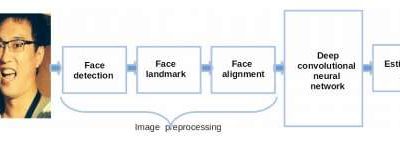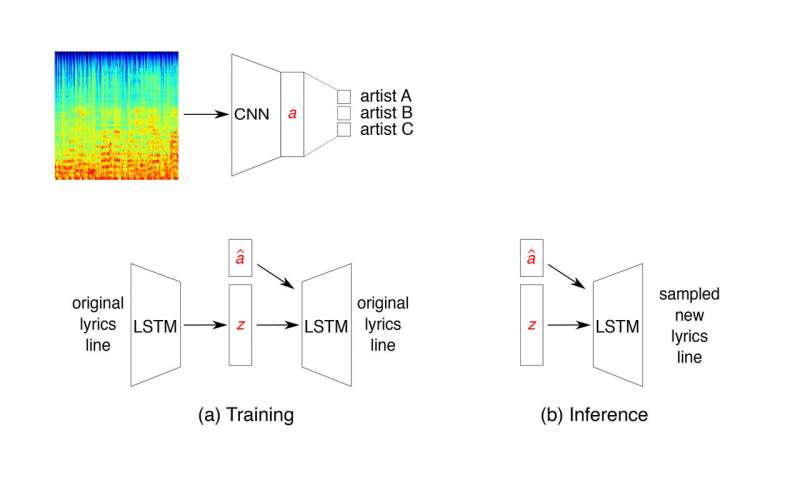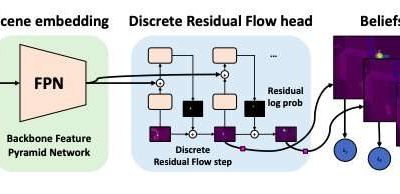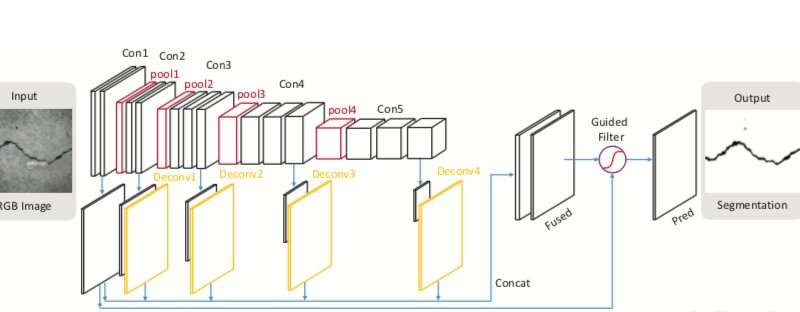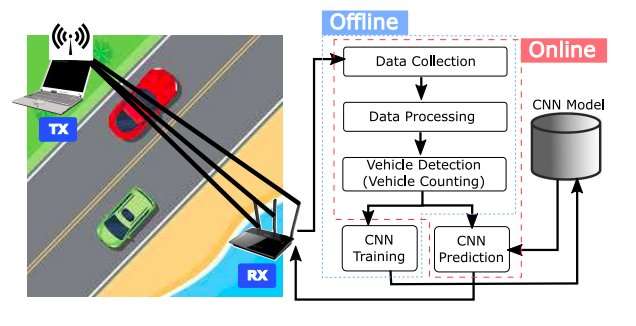Over the past few years, researchers have created a growing number of machine learning (ML)-based face recognition techniques, which could have numerous interesting applications, for instance, enhancing surveillance monitoring, security control, and potentially even...
Machine learning & AI
A system to generate new song lyrics that match the style of specific artists
Researchers at the University of Waterloo, Canada, have recently developed a system for generating song lyrics that match the style of particular music artists. Their approach, outlined in a paper pre-published on arXiv, uses a variational autoencoder (VAE) with...
Uber develops technique to predict pedestrian behavior, while new documents are released about last year’s accident
In years to come, self-driving vehicles could gradually become a popular means of transportation. Before this can happen, however, researchers will need to develop tools that ensure that these vehicles are safe and can efficiently navigate in human-populated...
CycleMatch: a new approach for matching images and text
Researchers at Leiden University and the National University of Defense Technology (NUDT), in China, have recently developed a new approach for image-text matching, called CycleMatch. Their approach, presented in a paper published in Elsevier's Pattern Recognition...
DeepCrack: a new hierarchical CNN-based method for crack segmentation
Detecting and analyzing cracks in man-made structures is an important task that can help to ensure that buildings are safe and well-maintained. As employing human workers to inspect buildings regularly can be very expensive, researchers have been trying to develop...
DeepWiTraffic: A Wi-Fi based traffic monitoring system using deep learning
A team of researchers at the University of Memphis has recently developed a low-cost and portable traffic monitoring system (TMS) called DeepWiTraffic. This new system, presented in a paper pre-published on arXiv, combines Wi-Fi devices and deep learning.
A new study explores humor in word embeddings
Advances in the field of AI have enabled the development of tools that can understand a variety of languages and communicate with humans. However, there are still aspects of human communication that AI systems struggle with, one of which is humor.
AQM+: A new model for visual dialog question generation
Researchers at Clova AI Research, NAVER and LINE, have recently proposed a new framework called AQM+ that allows dialog systems to generate context-relevant questions and answers. Their model, outlined in a paper pre-published on arXiv, will be presented at the 7th...
A reservoir computing system for temporal data classification and forecasting
Over the past decade or so, deep-learning approaches have become increasingly efficient in processing static data such as images. However, these techniques have been found to be somewhat less effective in analyzing temporal data, such as videos, human speech and other...
An AI-based recommendation system for internship placements
Choosing an internship placement is a key step for many students, as an internship can have a substantial impact on their professional development. Researchers at Universitas Pendidikan Ganesha, in Indonesia, have recently developed an AI-based recommendation system...

